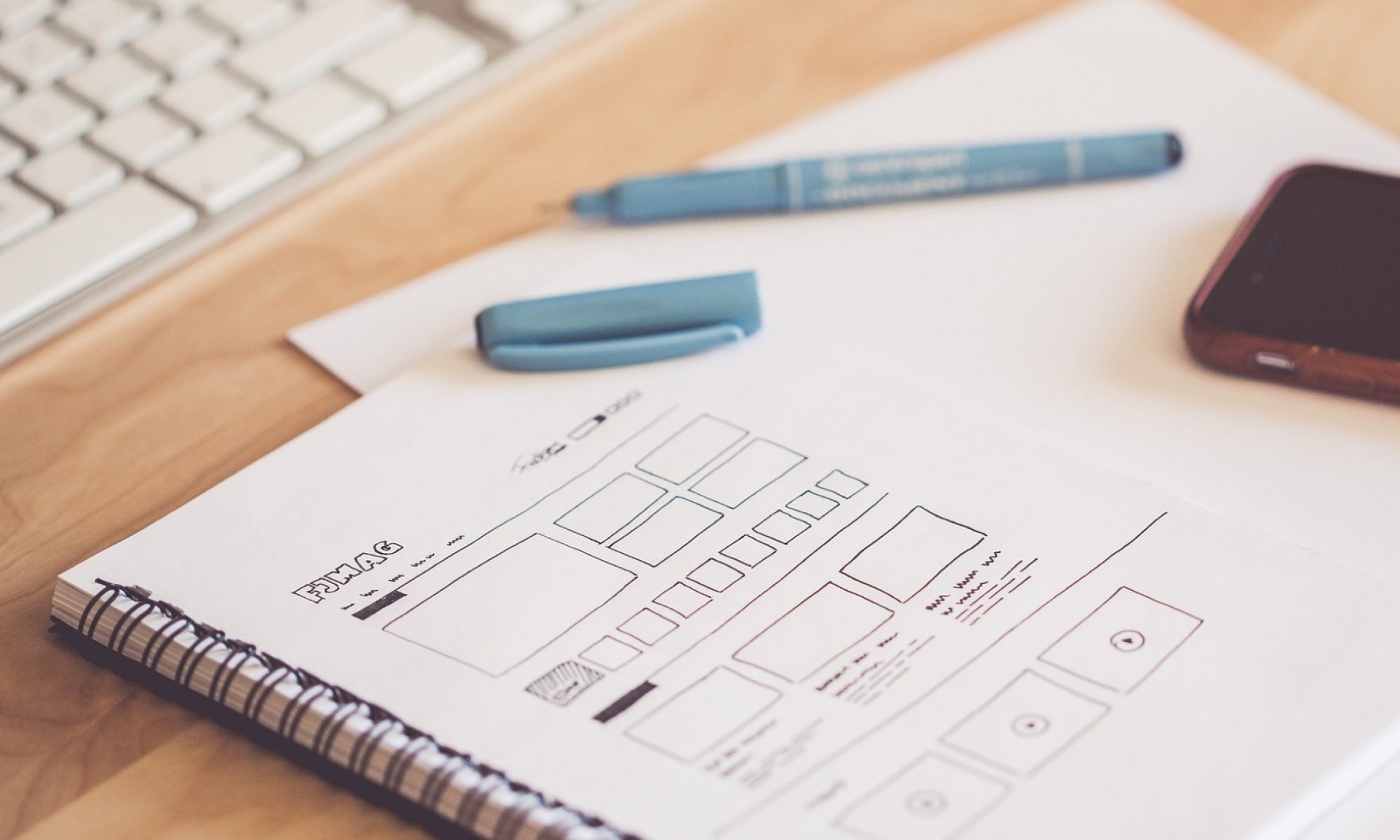Games & Learning
Learning Game Design Project
Phase 1: Game Design Proposal
- Develop a proposal for the game you would like to design by using Boller and Kapp’s “Learning Games Checklist” (Table 4-5)
- Video pitch: Pitch your idea as a video and post to our Flipgrid (See Blackboard>Web Links for link)
Phase 2: Learning Design
Describe and explain how your game design is linked to learning by identifying the target learner(s), instructional goals, etc. (Note: see Chapter 5 in Boller and Kapp’s book for a quick refresher on key details related to this phase.)
- Target learner(s)
- Instructional goal(s)
- Game type
- Game goal
- Core dynamic
Phase 3: Scoring Method
Develop and Identify method of scoring (e.g., Earning points, Leveling up; pp. 73-6). Be specific in describing your scoring system. Note: I highly recommend consulting Boller & Kapp’s six key concepts related to scoring (e.g., “Keep the Scoring Simple”, p. 72).
Phase 4: Prototype & Playtest
For this phase, you will first create a paper prototype of your game and then implement a play-test. See below for the specific details.
- Create a paper prototype by following the procedure described by Boller and Kapp in Chapter 8 – i.e., Steps 1-4 (pp. 89-92).
- Demonstrate how your game works by recording a video of you using the paper prototype you just created. Post the video to YouTube and send me the link
- Conduct play-testing session with a minimum of three people. (Note: Ideally your play-testers should be members of your target audience (e.g., students, employees of your company), but if you are unable to do this, then friends or family members will do.) Consult suggestions for conducting playtest, via “Framing the Play-Test for the Testers” (pp. 102-3) – e.g., “Tell testers who the typical user of the game will be …”
- Collect feedback via (1) observations and (2) Post Play-Test Interviews (pp. 106-7, “Questions to Ask Play-Testers”)
Phase 5: Final Prototype & Implementation Plan
For this last phase of your game design project, you will craft a final prototype and develop an implementation plan. See below for details.
- Finalize your paper prototype by incorporating changes you consider to be appropriate based on the observations and feedback generated from the play-testing sessions
- Write a brief summary of the changes you made and the reasons for those changes. Alternatively, you can make a video explanation and post to your YouTube channel. Let me know which option you select via email
- Assume your prototype will be developed into production (i.e., used for real audiences in real contexts) and develop a marketing and communications strategy for your game. Consult Boller and Kapp’s suggestions and pointers (“Marketing and Communications Strategy” pp. 128-9). Create a minimum of one brochure or poster that summarizes the essentials of your marketing and communication strategy.
